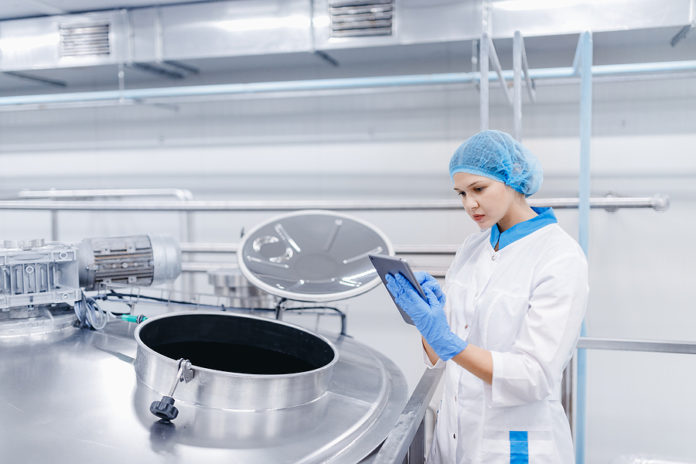
Executive take: Leaders are planning for higher throughput and bigger capex — even as unit costs climb and supply-chain variability complicates preventive controls, according to Food Engineering’s latest State of Food Manufacturing survey. Turning that pressure into performance will hinge on modernization, workforce upskilling, and end-to-end traceability.
From the data: Scaling output amid inflation and labor gaps
Throughput rises (for those who can staff it)
A clear majority of the food and beverage manufacturing professionals expect throughput to rise in 2025 (by an average of 20%). Yet about one in 10 anticipate declines, often tied to labor constraints and market pressures — echoed by respondents who say they may “produce less product” due to shortages.
Unit economics are under strain
Nearly eight in 10 respondents report higher total cost per product compared to 2024, with the mean increase being 13%. Labor costs are widely expected to rise, and 81% also project material cost increases, driven by ingredients, raw materials, and logistics.
Budgets are following the strategy
More than half expect larger budgets for production, packaging, process control equipment, software, and services. On average, 27% of annual budgets are earmarked for equipment purchases, with a full third planning to spend over $1 million and nearly one in 10 spending to $5 million or more.
Food safety and traceability are intensifying
Nearly half of respondents conducted safety training in the past year. Top planned food safety buys include lab testing/analysis tools and food safety management systems. Methods in use are led by allergen controls and comprehensive staff training, with lot- and item-level traceability prevalent. The hardest preventive control for many sites is maintaining supply-chain consistency — up notably from last year.
Action steps for food manufacturing leaders
1. Invest where it offsets cost inflation fastest
Prioritize autonomous inspection and real-time SPC to cut scrap, predictive maintenance to protect OEE, and finite-scheduling/line-balance optimization to unlock planned throughput without incremental headcount. Tie each project to a 12-24-month payback using your baseline cost-per-product deltas from the research.
2. Pair automation with upskilling
Where labor limits output, combine targeted automation with skills pathways: micro-learning for sanitation/allergen control, certification tracks for PLC/HMI operators, and cross-training to smooth absenteeism shocks. This addresses both the growth opportunity and the risk of forced volume reductions.
3. Turn FSMA-driven traceability into a growth enabler
Build lot/item-level traceability into supplier scorecards, hold-and-release workflows, and customer onboarding. Beyond compliance, this reduces recall exposure and supports premium, allergen-sensitive or clean-label SKUs where price realization is stronger.
4. Harden preventive controls at the supplier interface
Since supply-chain consistency is the hardest control for many, dual-source critical inputs, pre-qualify alternates, and implement digital incoming-QC to contain variability before it hits the line.
5. Govern with a standardized playbook
To execute across plants, stand up a common model for business-case gating, implementation sprints, change management, and KPI reporting (OEE, FPY, labor efficiency, audit readiness). This aligns capital plans with measurable risk and return.
The 2025 landscape pairs growth plans with cost and compliance pressure. Budget is available, but leaders must convert it into throughput, traceability, and talent. Use the momentum around FSMA and capex to institutionalize a modern ops stack that pays for itself and scales across sites.

Credit: Source link













